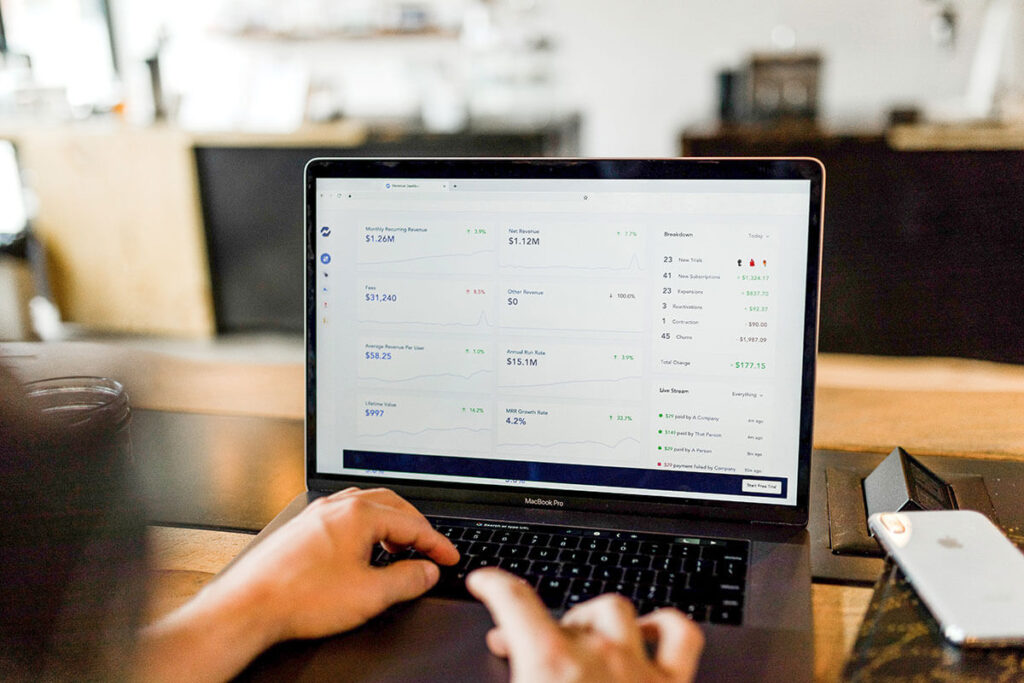Consumption pricing has emerged as a popular pricing model for software-as-a-service (SaaS) organizations, offering several advantages over traditional perpetual licensing or subscription pricing. With the adoption of hybrid on-premise and cloud offerings customers are looking to see this approach extended to their traditional offerings as well.

According to a survey by Flexera, 60% of software providers reported that their customers prefer usage-based pricing over other pricing models. However, implementing consumption pricing can be challenging for SaaS organizations as well as organizations that are shifting from traditional subscription or perpetual licensing models.
In this 4 Part Series I will be breaking down and sharing guidance based on the challenges faced based on experience aiding organization in this transition.
Consumption pricing enables providers to charge customers based on their actual usage of the product or service, rather than a fixed price. This can lead to more accurate pricing, increased customer satisfaction, and improved revenue predictability.
In a study by McKinsey, SaaS companies that use consumption-based pricing models saw a 20-30% increase in revenue compared to traditional pricing models.
However, Making this transition requires a company-wide transition impacting not only how you price, but also how you build your products, structure your sales and channels as well as changes to your customer success and support teams, not to mention finance and operations.
I’ll start by outlining the considerations and strategies for implementing consumption pricing such as structuring burn-down rates, as well as considerations for integrating cloud pricing and resources into the pricing and product offering model.
1. Identify the right metrics for consumption pricing
The first step in implementing consumption pricing is to identify the right metrics that will drive usage and align with customer value. For example, a video conferencing software may choose to price based on the number of meetings or participants, while a marketing automation software may charge based on the number of emails sent or contacts managed.
The key is to choose metrics that align with the customer’s perceived value and incentivize them to use the product or service more frequently. It is also important to ensure that the metrics are easily measurable and can be tracked accurately.
2. Determine the right pricing strategy
Once the metrics have been identified, SaaS providers must determine the right pricing strategy. There are several options, including tiered pricing, pay-per-use pricing, and hybrid pricing.
Tiered pricing involves offering different pricing tiers based on usage, with the price increasing as usage goes up. Pay-per-use pricing charges customers for each unit of usage, such as per GB of storage or per minute of video conferencing. Hybrid pricing combines both models, offering a fixed fee for a certain amount of usage and additional charges for additional usage.
The right pricing strategy will depend on the customer’s usage patterns, as well as the SaaS provider’s revenue goals and cost structure.
3. Consider how to structure burn-down rates
Burn-down rates refer to the rate at which customers consume resources, such as CPU, storage, or bandwidth. Structuring burn-down rates can be an effective way to align costs with revenue and improve predictability.
There are several ways to structure burn-down rates, including charging customers based on their peak usage or their average usage over a period of time. SaaS providers can also offer discounts for customers who consistently use resources at a lower rate.
The key is to ensure that the burn-down rates align with the customer’s perceived value and incentivize them to use the product or service more efficiently.
4. Integrate cloud pricing and resources
Many SaaS providers use cloud providers, such as Amazon Web Services or Microsoft Azure, to host their products or services. When implementing consumption pricing, it is important to consider whether to layer on top of cloud pricing or include cloud pricing and resources as part of the pricing and product offering model.
Layering on top of cloud pricing involves charging customers separately for cloud resources, such as storage or CPU. This can offer more transparency and control over costs, but may also require more management and administration. Including cloud pricing and resources as part of the pricing and product offering model involves bundling cloud resources into the product or service, with the cost of the resources included in the pricing. This can simplify billing and management for customers, but may also require more forecasting and planning to ensure that costs are covered.
While consumption-based pricing is an effective strategy for many SaaS organizations, it poses challenges for those that offer on-premise or hybrid solutions. In these cases, it can be difficult to accurately measure and track usage, as customers may be using the product or service across multiple environments. This can lead to issues with billing and revenue recognition, as well as a lack of transparency for customers.
However it is clear that customers are looking to standardize the models by which they consume software and services. With cloud service providers making up much of the budgeting strategy for most IT organizations, aligning with that approach whether delivered as a service or consumed on premise is the desired direction.
A report by the Enterprise Strategy Group found that 47% of IT decision-makers prefer consumption-based pricing for SaaS applications, citing cost predictability and flexibility as the primary benefits.
In conclusion, implementing consumption pricing can offer several benefits for SaaS organizations, but requires careful consideration of metrics, pricing strategies, burn-down rates, and cloud integration. By taking a thoughtful and data-driven approach, SaaS providers can successfully implement consumption pricing and improve customer satisfaction and revenue predictability.